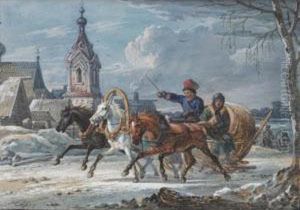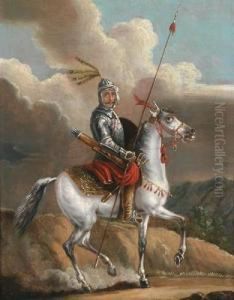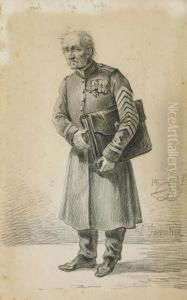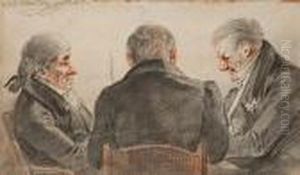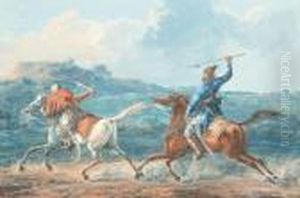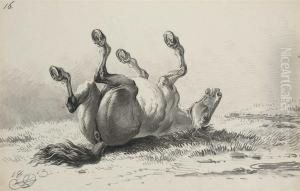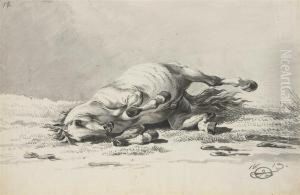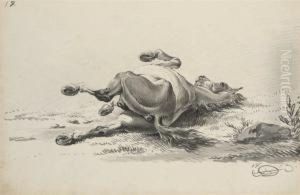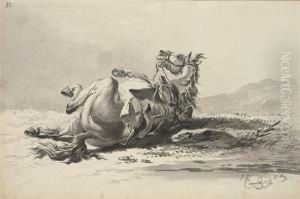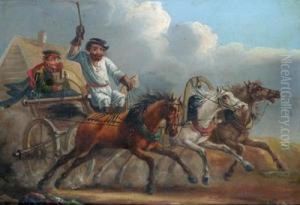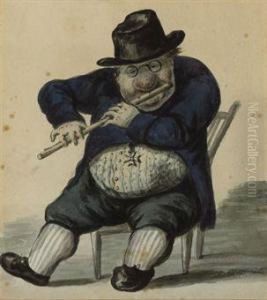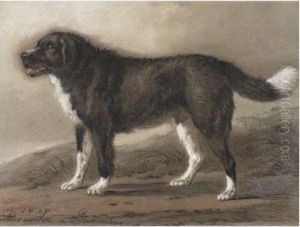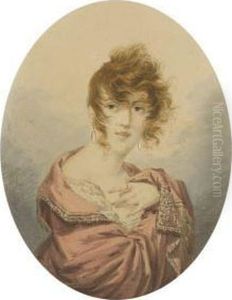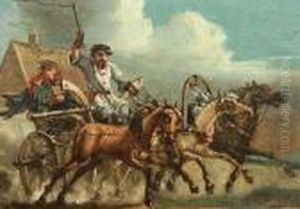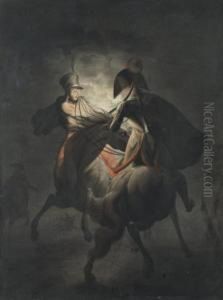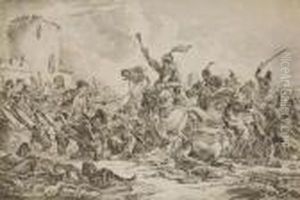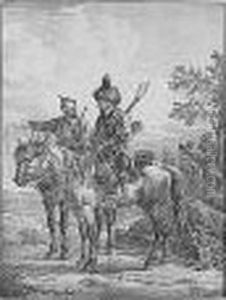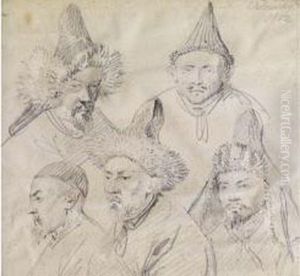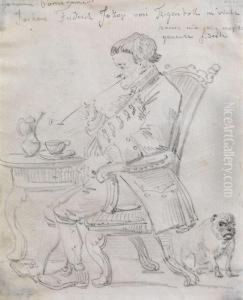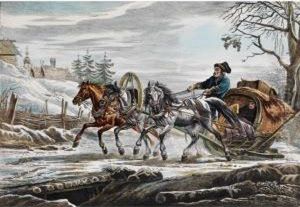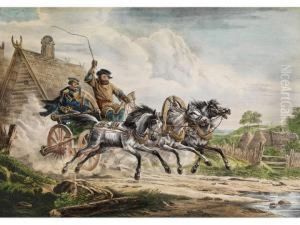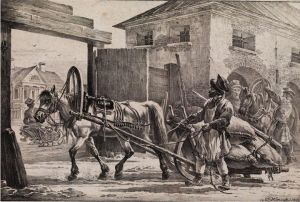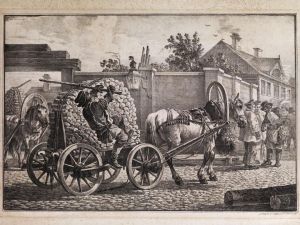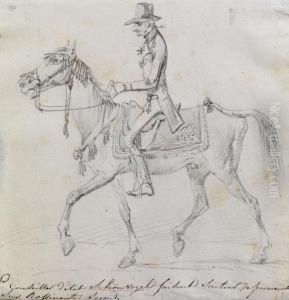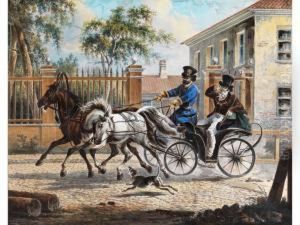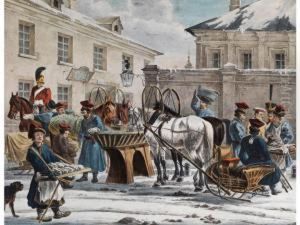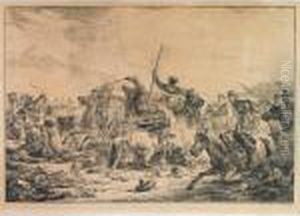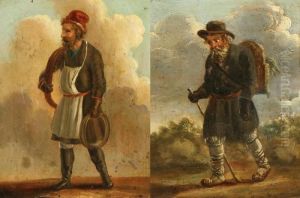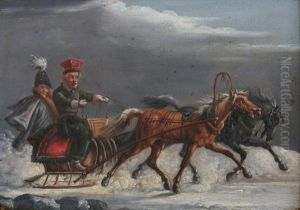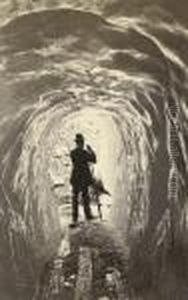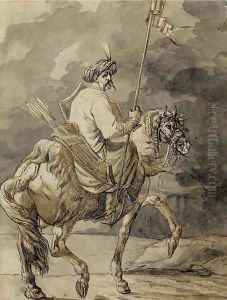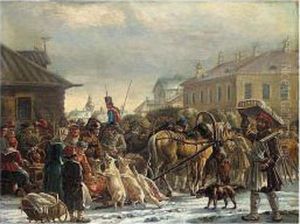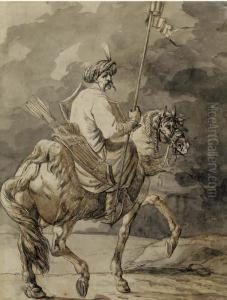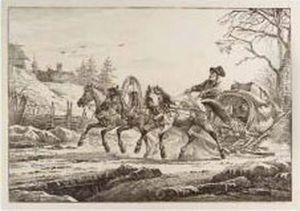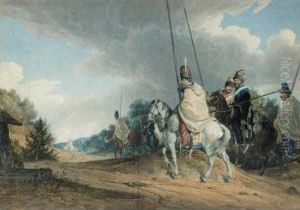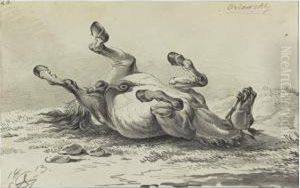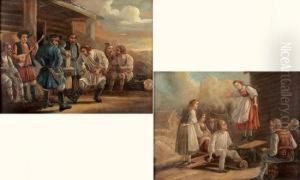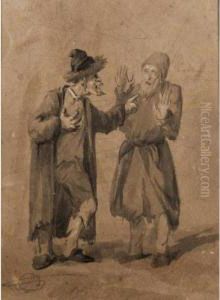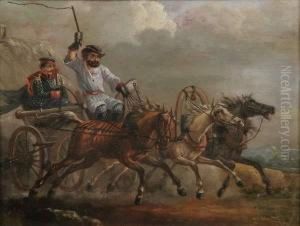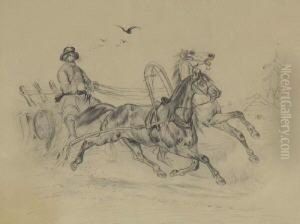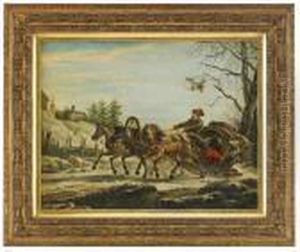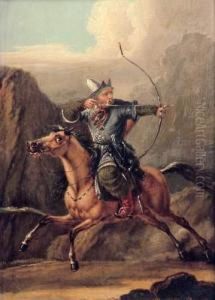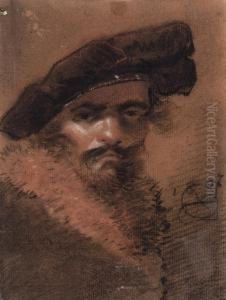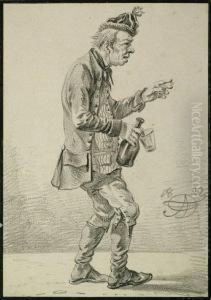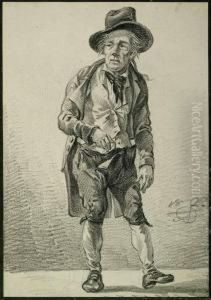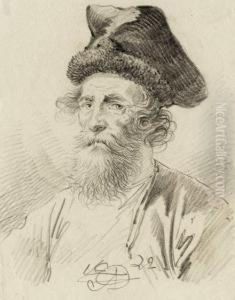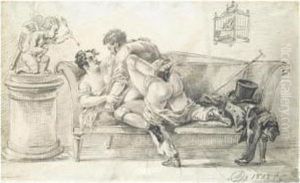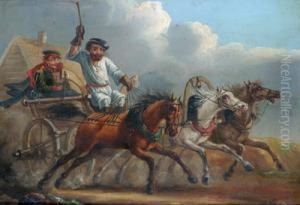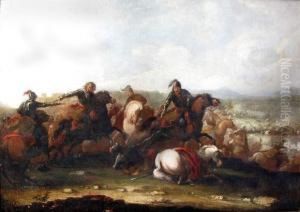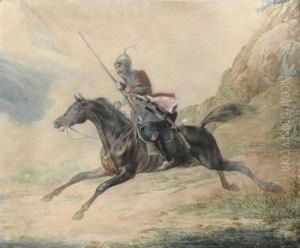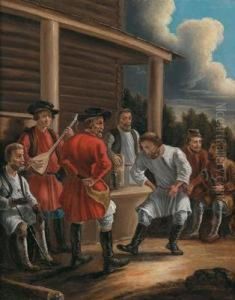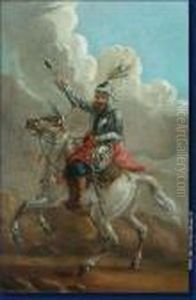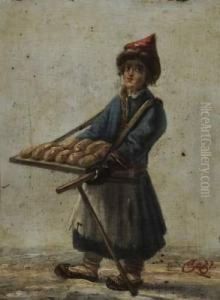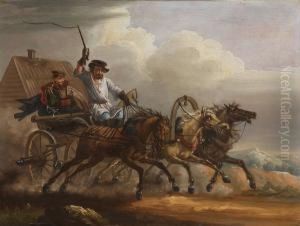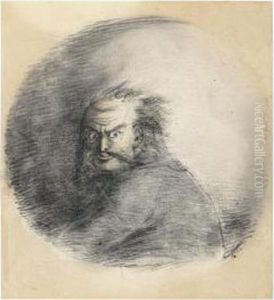Alexander Ossipovitch Orlovsky Paintings
Alexander Ossipovitch Orlovsky was a prominent Polish-Russian painter, draftsman, and illustrator, recognized for his significant contribution to the art world during the late 18th and early 19th centuries. Born in 1777 in Warsaw, which was part of the Polish-Lithuanian Commonwealth at the time, Orlovsky's artistic talent emerged at a young age.
Orlovsky was initially trained in Warsaw under the guidance of notable artists of the era. His early works reflected the neoclassical style, which was prevalent in European art at the time. However, as his skills evolved, Orlovsky became known for his unique blend of romanticism and realism, which allowed him to capture the spirit and vibrancy of his subjects with remarkable accuracy and emotional depth.
In 1802, Orlovsky moved to Saint Petersburg, Russia, where he became associated with the Imperial Academy of Arts. His move to Russia marked a significant period in his career; he received patronage from the Russian nobility and was commissioned to create works that documented Russian military campaigns and societal life. Orlovsky's body of work includes a diverse range of subjects, from battle scenes and portraits to genre scenes and landscapes.
One of the defining features of Orlovsky's art is his ability to depict the everyday life of different social classes with a sense of immediacy and authenticity. His illustrations and caricatures also provide valuable historical insights into the cultural and political climate of his time. Despite facing personal challenges, including a struggle with alcoholism, Orlovsky continued to produce art that resonated with a wide audience.
Orlovsky's influence extended beyond his lifetime, as his works continued to be appreciated for their historical value and artistic merit. He died in 1832, leaving behind a rich legacy that has been studied and celebrated by art historians and enthusiasts. Alexander Ossipovitch Orlovsky remains an important figure in the history of Polish and Russian art, and his contributions continue to be recognized and admired to this day.
